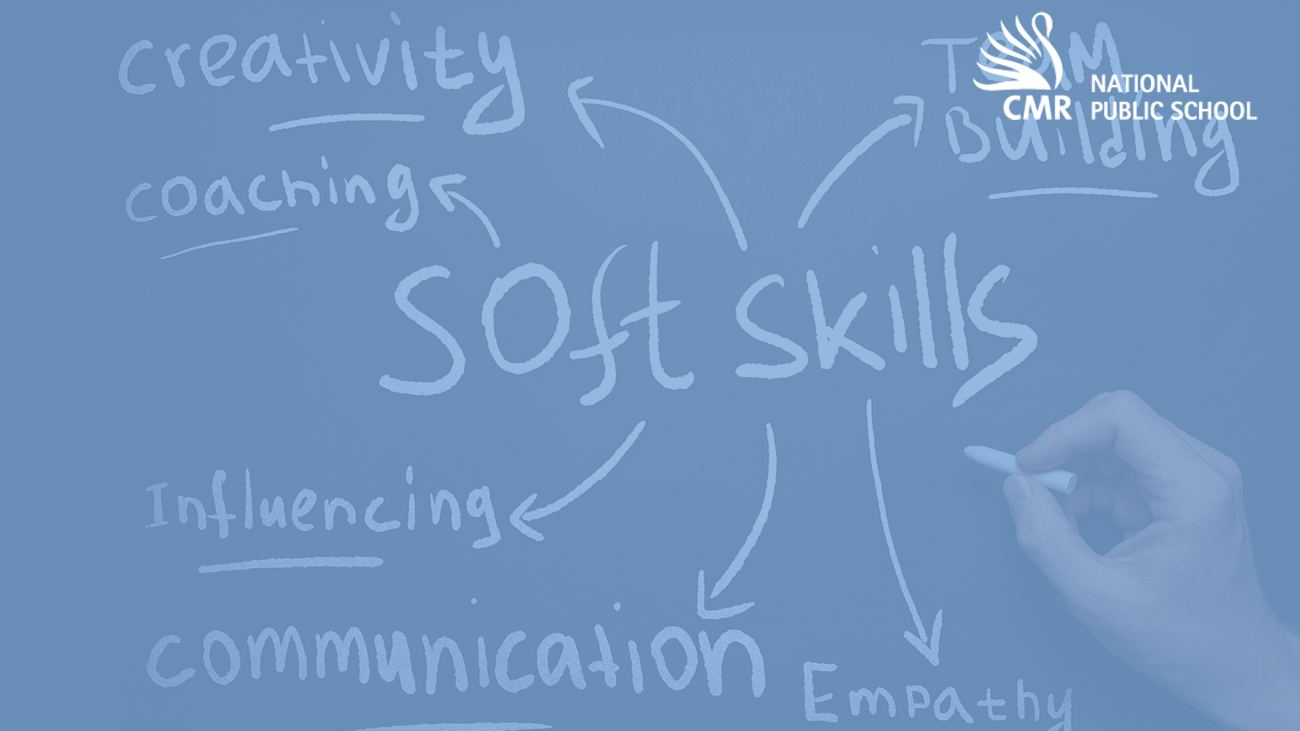Using Practices of Scientists and Engineers in the Science Classroom
Science, engineering, and technology control nearly every aspect of modern life, and they hold the key to solving many current and future challenges. Children who grow up in an increasingly technologically and scientifically advanced world need to be scientifically literate to succeed. At Ekya and CMR National Public School, we believe in teaching students how to think, learn, problem solve, and make informed decisions.
So how is Science learning different in Ekya and CMR Schools?
The Science curriculum at Ekya Schools and CMR National Public School is designed to equip students with key skills – Thinking Scientifically and Design & Making. The curriculum inculcates the habit of thinking scientifically right from Grade 1. The first unit, “Skills in Science” for primary and middle school, equips students to think and work like a scientist through scientific inquiry. The unit inculcates important scientific skills such as observations, curiosity, asking questions, creating a hypothesis, and designing experiments through tactile activities, videos, worksheets, and laboratory activities.
| 1.Making Observations | 2.Asking Questions | 3.Formulating Hypothesis |
 |  |  |
| 4. Testing Hypothesis | 5. Analyzing Results | 6. Iterate where required |
 |  |  |
Designing & making involves looking for practical solutions to problems and then using this information to plan, design, make, and evaluate scientific models. Engineering Process Design is part of Design & Making that encourages open-ended problem solving and helps students to learn from failures. The curriculum facilitates engineering design challenges across all grades – Whether it is creating a house for a pet dog and testing the best material for the roof in grade 2 or designing a catapult in grade 6 or testing different materials for conduction of heat to keep a beaker of water warm in grade 7, students work through the steps of the engineering design process that is used by engineers in the real world. The creation of the prototype becomes a solution-finding crusade armed with scientific knowledge! When students invent, they take ownership over an idea, then face real-world problems en route to making their idea come to life. They act, think and work as real scientists and inventors.
Engineering design projects are done by students at Ekya/CMR NPS!
| Grade 5 students create solutions to solve the problem of a banging door in the classroom. |  |
 | Students of Grade 4 created solutions using their learning about properties of magnets: Magnetic holder for keys grade grade |
| Grade 7 students used their learning about making materials stronger, creating solutions to make the flexible paper strong: a table made of newspaper to hold books. |  |
Solving real problems as part of the curriculum provides students with opportunities to identify issues that matter, diagnose, defend an argument with evidence, give and receive feedback, and utilize and critique internet resources.
Students use hands-on activities to construct explanations of concepts
| Grade 7: using Gems and Skittles to understand Lewis Dot Diagrams |  |
| Grade 5: Understanding states of matter using lentils. |  |
| Grade 2: Understanding air has mass through a hands-on activity. |  |
To ensure students learn what is important, rather than allowing textbooks to dictate the learning in a classroom, we use resources that support concepts. The focus is to deepen the level of student understanding beyond traditional teaching methods. At Ekya and CMR National Public School, we stay true to this quote- “Education is not the learning of facts but the training of the mind to think”, Albert Einstein.
Aarthi V B
Instructional Designer
Science Curriculum
Ekya Learning Centre


